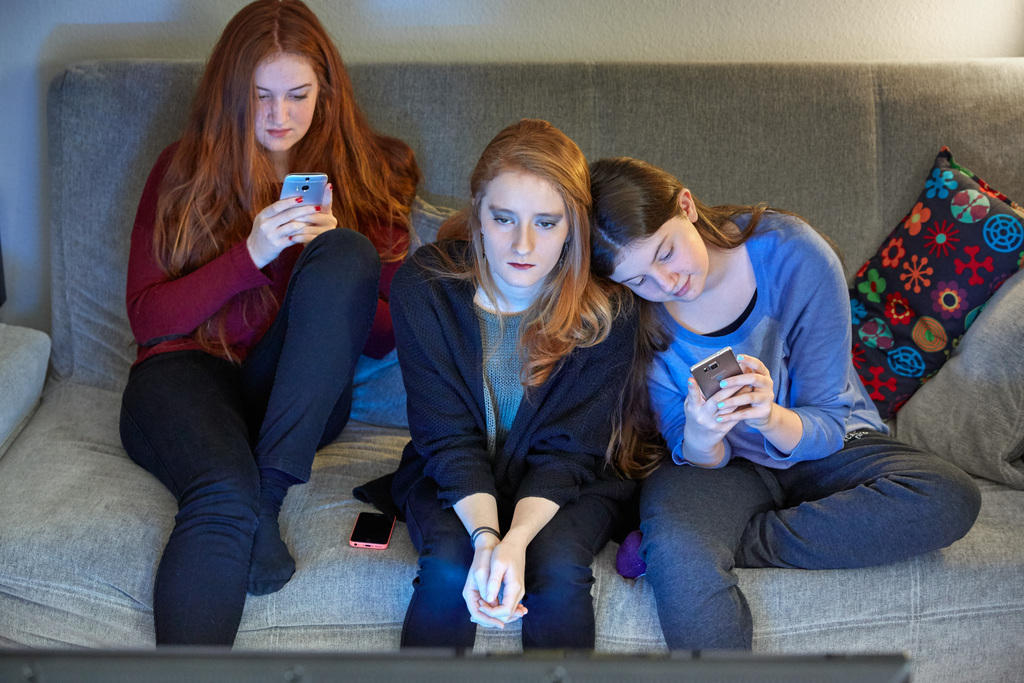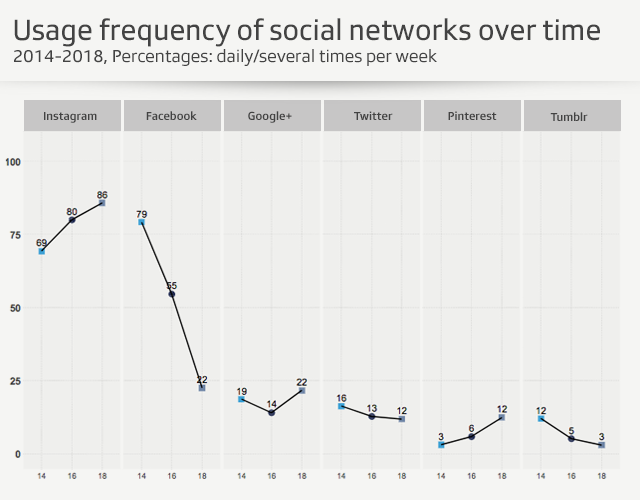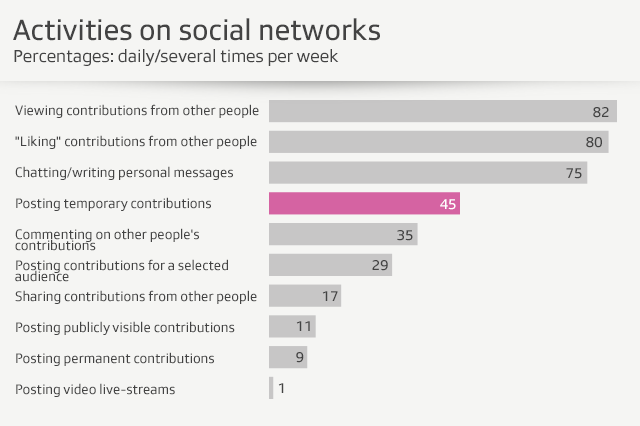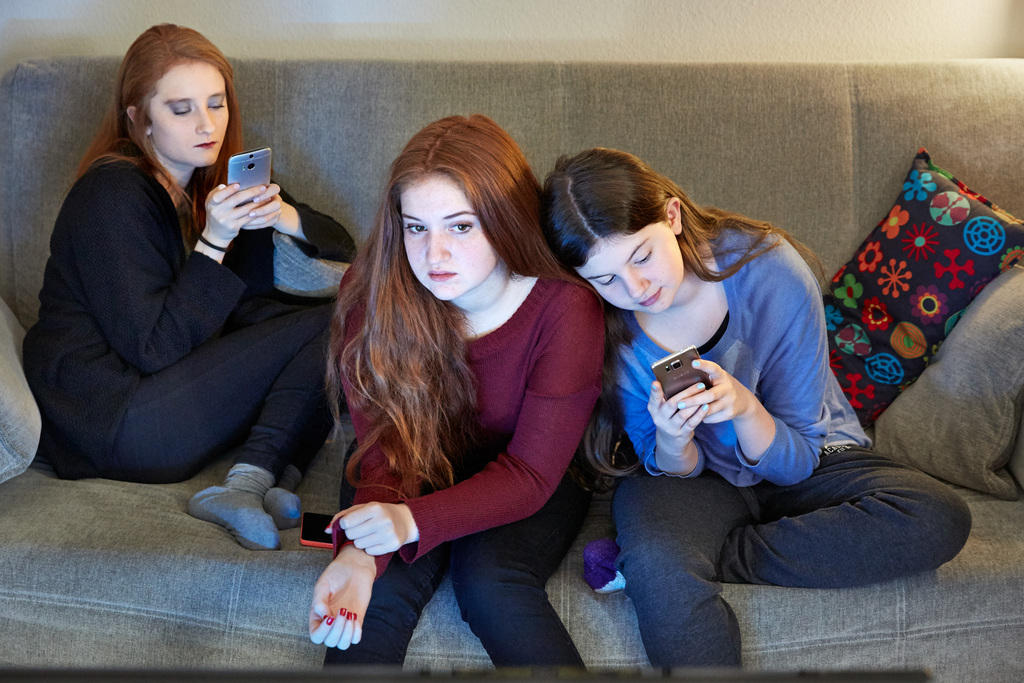Third of young Swiss targeted by cyber-grooming

A third of young people in Switzerland have been approached online by an older stranger with undesirable sexual intentions, a survey has found.
This was the case for nearly half (43%) of 18- to 19-year-olds in the survey, but also for children as young as 12-13, according to the latest James StudyExternal link on adolescents’ media use, carried out by the Zurich University of Applied Sciences (ZHAW) and Swisscom.
This phenomenon, known as cyber-grooming (when an adult befriends a minor online with sexual intentions), has increased significantly in the past four years, rising from 19% of those surveyed in 2014 to 30% in 2018.
However, online harassment has stayed more or less stable since 2010, with 23% of young people saying they had been victim. Nearly half also said they had met someone they encountered through the internet.
Social media as entertainment
This study, the fifth since 2010, questioned nearly 1,000 young people aged 12-19 in the three main linguistic areas of Switzerland about their media habits.
It found that young people spend an average of two-and-a-half hours online per day, which has remained the same since 2016. When online, they regularly consult social media and video sites like YouTube for entertainment purposes.
Some 90% of adolescents use social media networks daily or several times a week. Instagram and Snapchat are the most popular of the sites with more than 80% of youth surveyed visiting these two networks at least once a week. Facebook experienced a sharp decline in usage from 2014 to 2018.

Video viewing is also on the rise (several times a week for 85% of young people questioned) to the detriment of television (69%). Newspaper reading continues to decline, whether it be online (18%), free newspapers (21%) or subscription newspapers (11%).
“The habits of young people have changed in recent years mainly because of the spread of the smartphone,” says ZHAW researcher Daniel Süss. “Music and video streaming services now play a big part.”
Disappearing posts
The frequency of particular activities such as posting, sharing or liking social media posts was surveyed for the first time this year. It revealed that youth prefer to look or like others’ posts rather than actively post on social media.

When they post, many opt for time-limited contributions such as snaps or stories that disappear within 24 hours or after one or two views. The story format originally established by Snapchat has also been adopted by Instagram, Facebook and WhatsApp. The popularity of this format also confirms the trend that young people in general have become more cautious about what they reveal online.

More
Most young Swiss keep informed online

In compliance with the JTI standards
More: SWI swissinfo.ch certified by the Journalism Trust Initiative



You can find an overview of ongoing debates with our journalists here. Please join us!
If you want to start a conversation about a topic raised in this article or want to report factual errors, email us at english@swissinfo.ch.